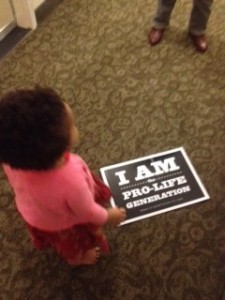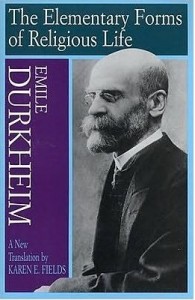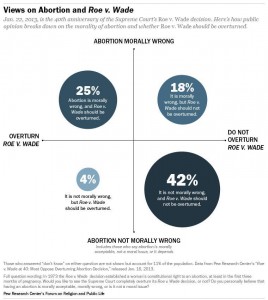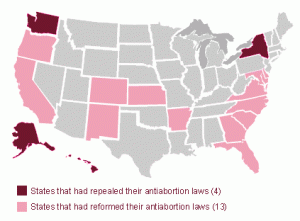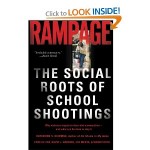 The past twelve months have seen a number of conflicts within the realm of what Americans often call “church-state issues.” The contraception mandate argument in healthcare reform gave way to last summer’s “Fortnight for Freedom.” Last week, as I was writing this post, breaking news suggested the Obama administration has shifted course, providing an exemption from contraceptive coverage for religious non-profits.
The past twelve months have seen a number of conflicts within the realm of what Americans often call “church-state issues.” The contraception mandate argument in healthcare reform gave way to last summer’s “Fortnight for Freedom.” Last week, as I was writing this post, breaking news suggested the Obama administration has shifted course, providing an exemption from contraceptive coverage for religious non-profits.
Church and state seem to spend a lot of time interacting. Why? And what does it mean for church, and state?
For many Americans, it might be a surprise to know that the familiar phrase, “separation of church and state,” is not in the Constitution. It comes from a letter Thomas Jefferson wrote to a group of Baptists. By the middle of the 20th Century, this phrase had become a powerful metaphor, shaping both the Supreme Court’s view and the mindsets of many, if not most, religious persons. Over 200 years, the pattern of interaction between church and state has drastically changed, with different phases along the way. Continue reading
